Modelling is a popular career choice, especially for young people. But it’s not an easy industry to get into; it’s incredibly competitive and the demands of certain agencies and brands can feel impossible to meet.
Fortunately, a rise in diversity means that now more than ever is the time to try out a career in modelling.
Read on to discover how to get into modelling as a beginner.
What Type of Modelling Should You Do?
If you want to get into modelling, you need to research the different types of modelling niches available to you. Only then can you figure out which one you are most suited to.
There are lots of different niches of modelling, but the most popular ones are as follows:
High Fashion (aka Runway Models)
This is probably the most sought-after modelling career. High fashion models walk runways around the world, feature in magazine editorials and often become household names. Supermodels like Kate Moss and Naomi Campbell are considered high fashion models.
High fashion modelling has the most strict demands. Models are expected to be at least 5’8″ tall and have a bust, waist and hip measurement close to 24″-34″-24″.
It’s incredibly difficult to get into high fashion because the majority of the population could never meet the physical standard required of them, even with a strict diet and exercise routine. Only a few people will good genes and even greater fortune manage to make it.
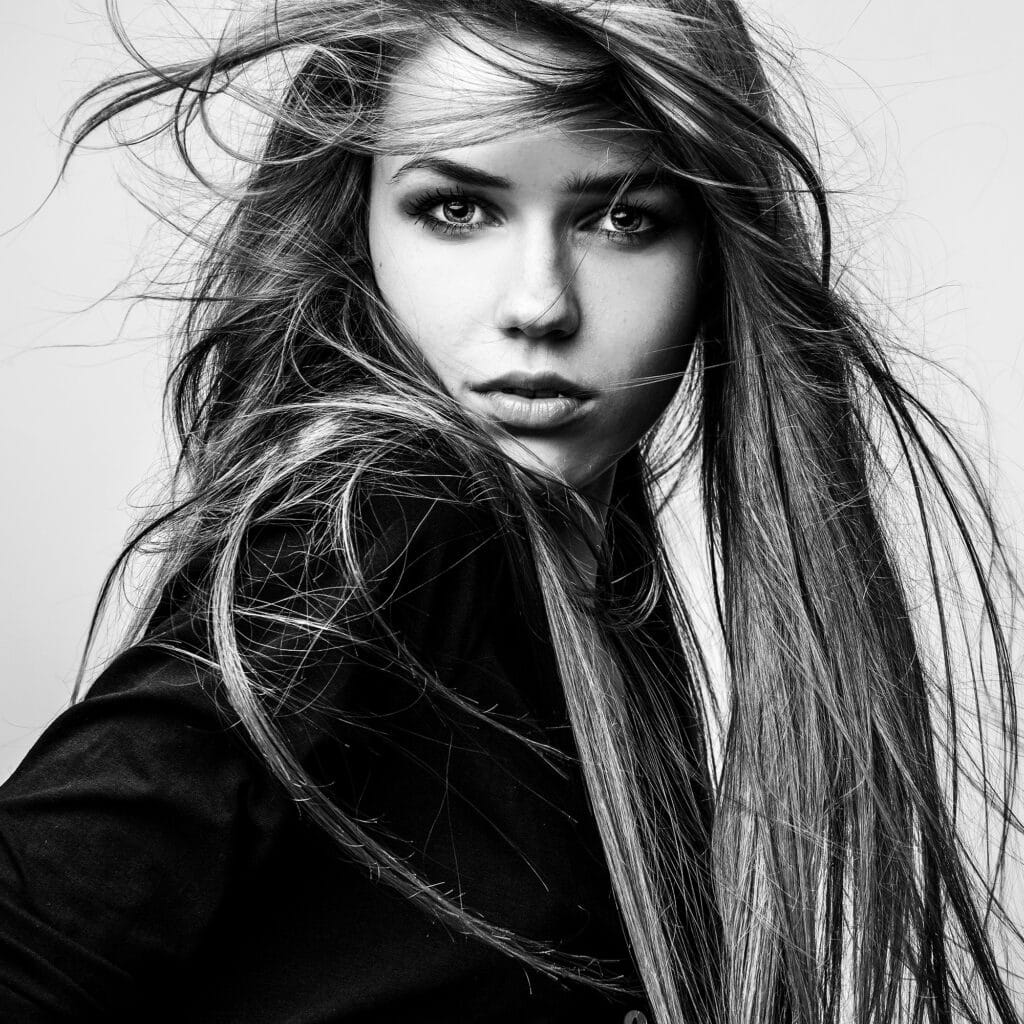
Commercial/Catalogue
Commercial models are mostly required for brands to show off their clothing and merchandise on their websites. Commercial models can make a lot of money and can often enjoy the same perks as high fashion models including travel and a decent pay cheque. While requirements may not be as strict compared to high fashion, there are certain standards that still need to be met; models over 5’8″ will have the advantage, as will those with a proportional hourglass figure.
Plus-Size
Plus-size modelling has grown in popularity over the year in women’s fashion, though men’s brands still has some catching up to do. There are no specific height or size requirements for plus-size modelling, though commercial brands usually deem those who are a UK dress size 14 or above as plus-size. A proportional body shape will be favoured as this tends to look better in clothing and photos.
Petite
Models who are 5’6″ and under can consider petite modelling. Again, agencies will be looking for models who have a proportional figure.
Alterative
Alternative models are needed for brands who cater to the more unique audience. Alternative models can have piercings, tattoos, bright hair colours and other body modifications that are usually not desirable in other forms of modelling.
Glamour/Lingerie
Glamour and lingerie models usually need to have an hourglass frame and a sizeable bust.
Fitness
There is no height requirements for fitness models, but you will need a certain athleticism and muscular build to be considered.
Body Part
Body part modelling is ideal for those who do not meet the height or body requirements needed in other niches of modelling, but who have an above-average body part. This can be anything from legs and hands to lips and even ears!
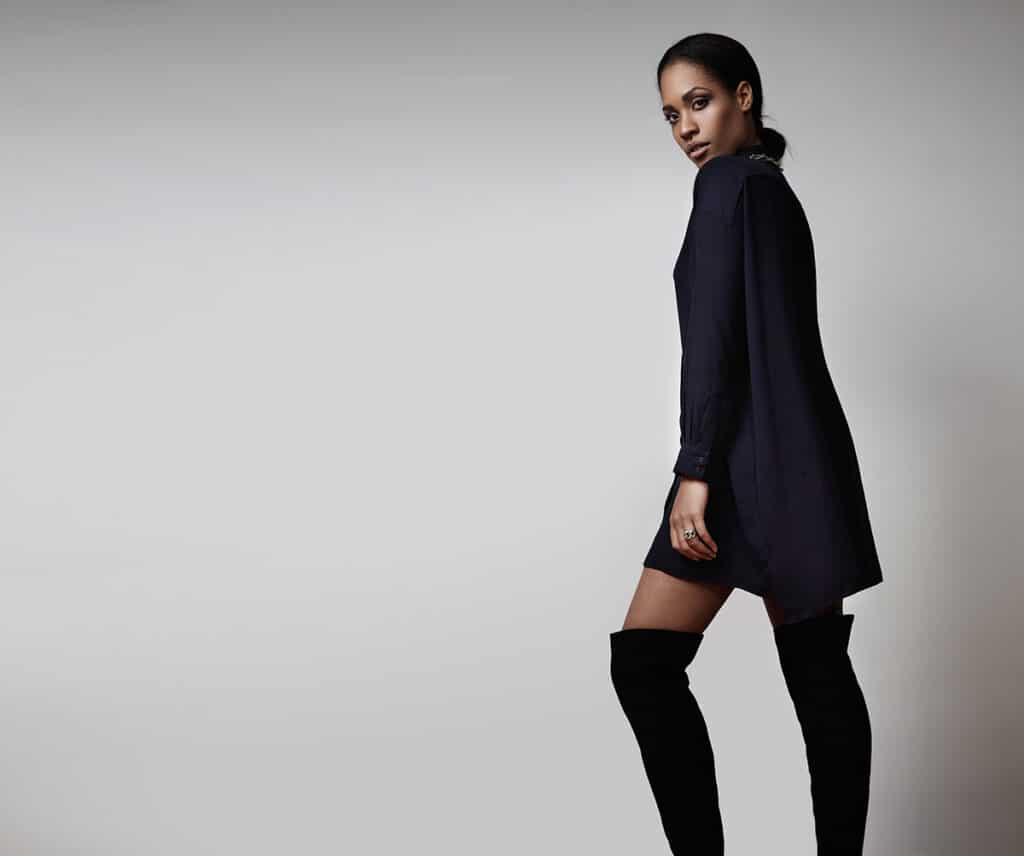
Finding an Agency
Once you’ve sussed out which niche of modelling you are most suitable for and which one you have the right look for, you can start finding model agencies who work with that type of model. It’s easy to research these agencies online. Make sure to read their description and look at the models already on their books. Do you fit in with them? Do they accept models who are your height and stature? Do as much research as you can before applying; applying to the wrong agency if just wasting both yours and their time.
Reputable Agencies Vs Scam Agencies
Because modelling is such a big business, unfortunately there have cropped up a number of agencies who are there to take advantage of aspiring models.
It’s really important that you do your research before signing up with an agency. A reputable agency should be upfront about any costs, whereas a scam agency will keep costs hidden and in the small print.
Find reviews online before committing to an agency and read up on how they have treated their staff in the past. Be wary of an agency who demands an upfront payment; a reputable agency makes their money by taking a cut from the money you earn modelling, not by asking for joining fees.
How to Apply to An Agency
Most modelling agencies have online application forms you can fill out. You will need to know your measurements, so it might be a good idea to ask a family member or good friend to help you out with these to make sure they are as accurate as possible.
You will also need a selection of really good modelling photos. Most agencies want to see your natural beauty – both a close up head shot and a full-length photo. It’s really important that you spend a decent amount of time getting these photos and making them the absolute best they can be. Try to use a proper DSLR camera and if you don’t have one, it might be worth booking in with a professional photographer in a studio. Your application will mostly depend on how good these photos are. A quick glance at them will tell the agency whether you have potential to be a good fit with them.
You can apply to as many agencies as you want, as many times as you want. You probably won’t hear back if they’re not interested. Don’t be disheartened if this is the case; they get thousands of applications a week, and they can’t accept everybody. Re-apply in 6 months with some fresh photos.
If they are interested, you’ll be contacted and invited to an in-person audition. This will take place at their head offices, which are usually located in a major city like London or Manchester. If you are under 18, you will need your parent or guardian’s permission and they will need to accompany you.
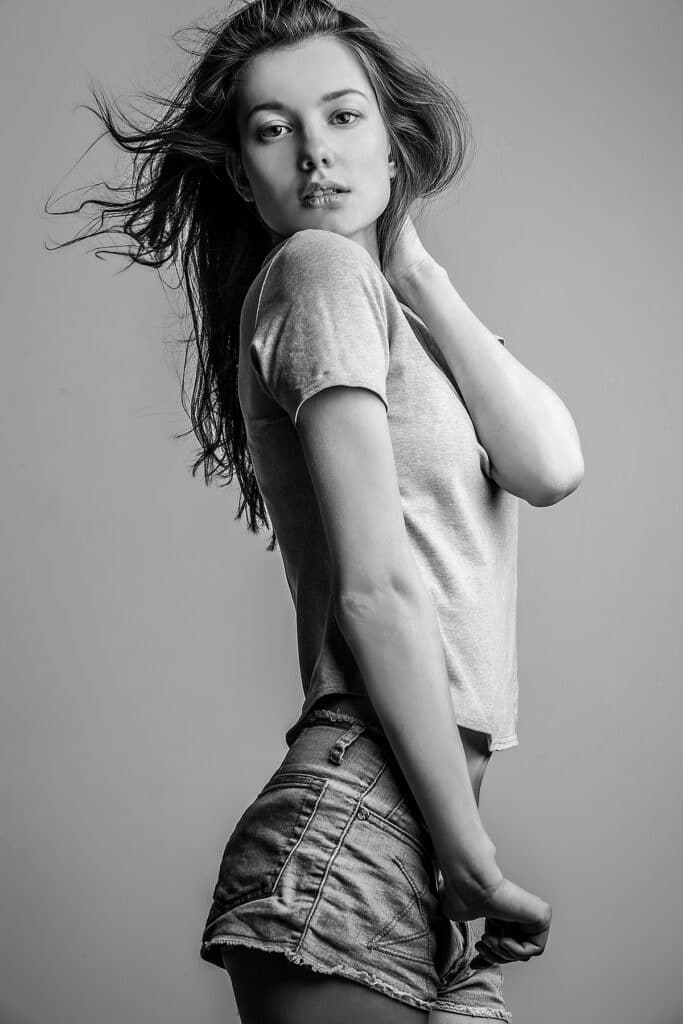
Can Social Media Help Get You Into Modelling?
Social media has definitely become a tool for success for many models. Unfortunately, many other people cottoned on and social media platforms like Instagram are now saturated with aspiring models. That means it’s incredibly competitive and difficult to get noticed – but not impossible.
If you’re a model, you should think about creating a page. Here, fans can follow you and see your latest photos. Remember to always ask the permission of the brand and photographer before posting any work photos; you don’t want to get into trouble with anyone.
To use social media for business, you need to post regularly and consistently. Photos should be high-quality and you should aim to get as much engagement with your posts as possible. When you have a decent following, you’ll soon notice brands showing you attention.
Small brands with no budget may ask for free work (e.g. product advertisements) in exchange for free products. This can be worth doing early on in your career to build a reputation, get some freebies and increase your reach on social media. However, there comes a point where you must demand payment; your bills wont get paid with freebies. Know your worth, keep a track of the engagement and followers you have, and do some research on how much influence you have (use tools like Google Analytics to help you calculate this) so you can give an accurate price cost for work.
Do You Need a Modelling Portfolio?
An aspiring model’s number one tool is their modelling portfolio. A model portfolio is a lot like the average person’s CV; it helps you to show off your experience and range as a model. The better your portfolio, the more chance of landing modelling jobs you will have.
As an aspiring model, you may not yet have any experience modelling. That’s OK! You can use some home-made photos or, better yet, book in for a photo shoot with an experienced photographer to get some high-quality photos to include in your portfolio. This will also give you great experience in front of the camera. You can add up to 20 photos. Make sure they’re the best photos you have – don’t fill the folder in with any old photos. Try to show diversity and range, don’t just add lots of the same photos.
Are you interested in a career in modelling? Register why us today – it’s free!
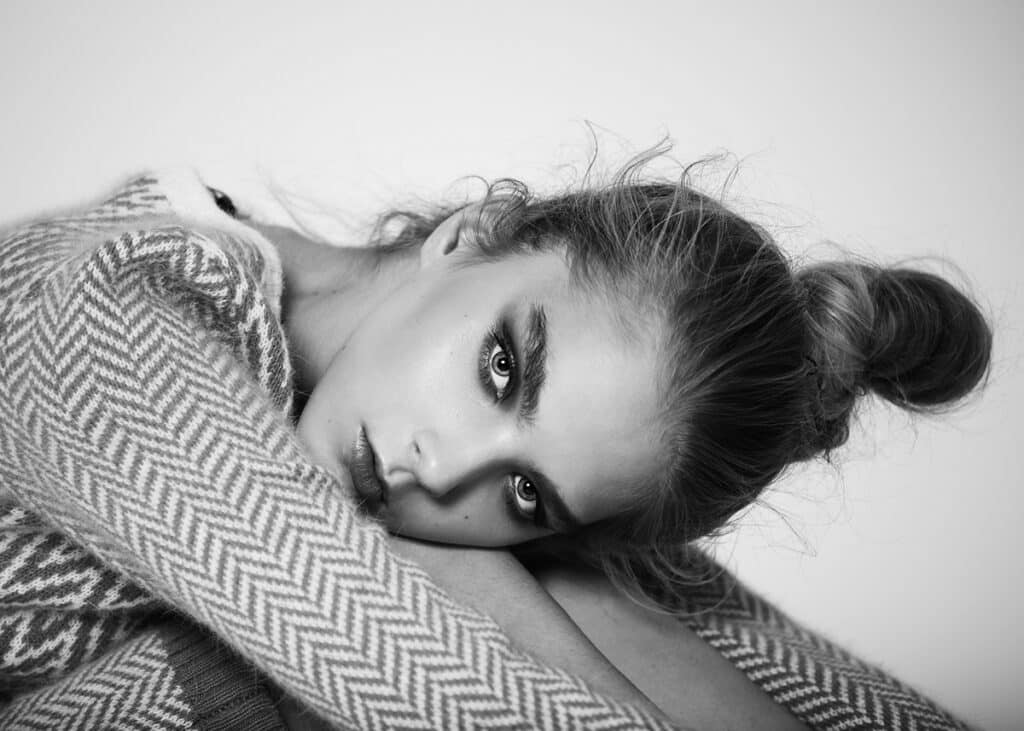

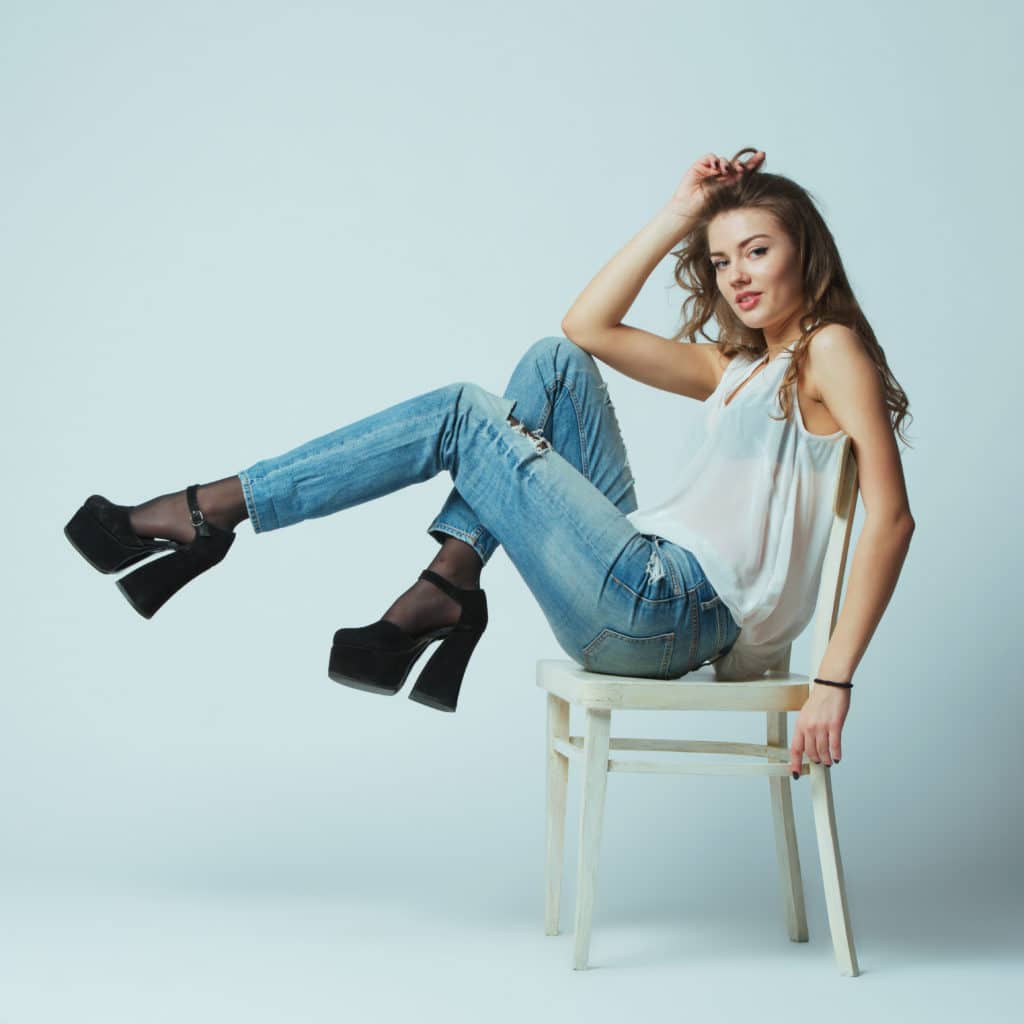
One of my friends is thinking to start with plus-size modeling. I will share this post with him and I hope it will encourage him as well as help him to get started with modeling.